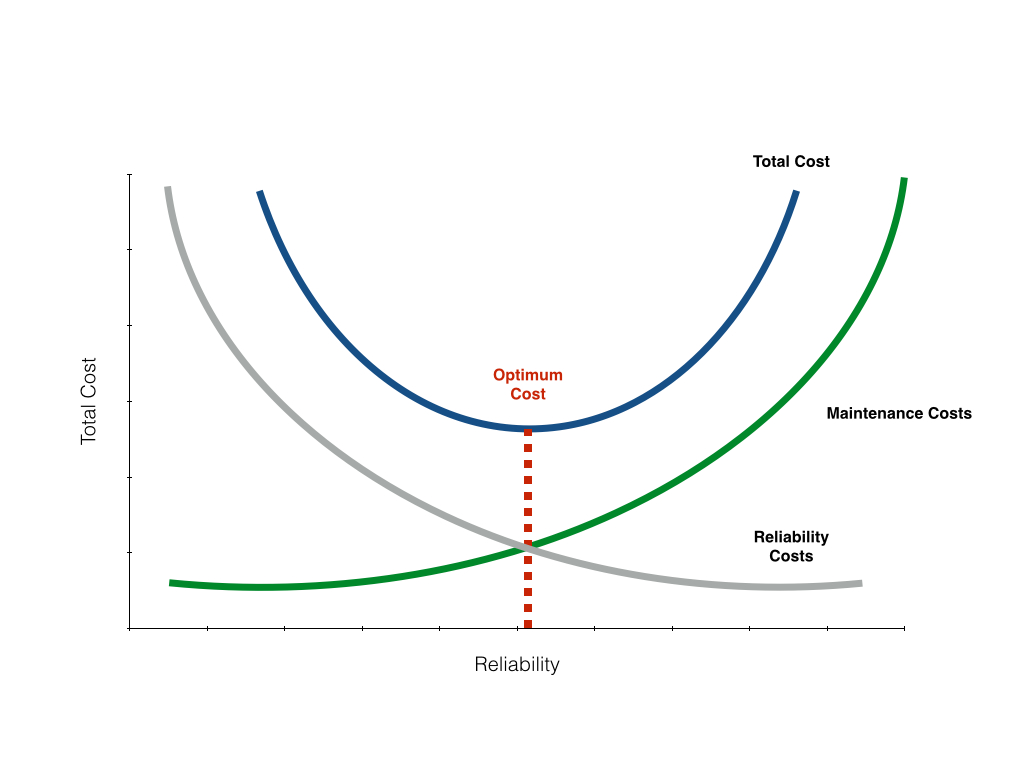

Finding the right balance of preventive and corrective maintenance activity in EAM systems can be a challenge for today’s 24/7 industrial organizations. With maximizing uptime a prime consideration, avoiding under- or over-maintaining assets can be a delicate balance.
In the past, the focus of many maintenance organizations was on maximizing inspection and repair time, and ensuring that equipment was properly maintained as part of a primary goal of minimizing or eliminating downtime. Often, relatively little attention was paid to the costs, in both monetary and opportunity cost terms, of over-maintaining equipment, as under-maintaining and unplanned downtime was the primary challenge, as well as a vexing problem.
Consequently, maintenance organizations typically erred on the over-maintaining side, as identifying such costs was an elusive process. In reality, these costs often drove increases in labor costs. Also, another finite and limited resource – time – added the potential for significant opportunity costs for redundant or unneeded inspections and repairs.
Without the detailed information needed to make sense of all the data created, maintenance personnel would often to need to make educated guesses about needed actions. Maintenance personnel are often challenged to determine the risk of under-maintaining (and risking unwanted unplanned downtime) and over-maintaining (which can increase costs and downtime). This can be particularly so in plants where lines are at or near full capacity and may need to be shut down to perform maintenance tasks
Enter next-gen EAM systems, which can offer visibility into a wide variety of maintenance performance metrics, often with integration or native interoperability to adjacent systems. In addition to planning and scheduling capabilities, other examples include such analyses as Mean Time Before Failure (MTBF) and Mean Time to Failure (MTTF), which can help to identify failure trends and to develop maintenance plans and PM and CM schedules.
To better achieve the goal of maximizing uptime, organizations have often turned to highly functioning PM and OEE programs to better manage their operations. These initiatives include such factors as equipment availability, performance, and product quality as part of maintenance scheduling decisions.
Such analyses can help to identify the inflection point for increases in costs in such areas as maintenance, equipment reliability, and total costs. An example of this concept can be seen in the classic equipment maintenance cost curves shown in Figure 1.
Figure 1: Equipment Maintenance Cost Curves

Source: Fiix Software
Leveraging next-gen EAM systems, asset-intensive organizations better identify, manage, and track a wide range of maintenance activities and costs. Furthermore, with such capabilities, these teams can better estimate the equilibrium between too little -- and too much -- maintenance.

